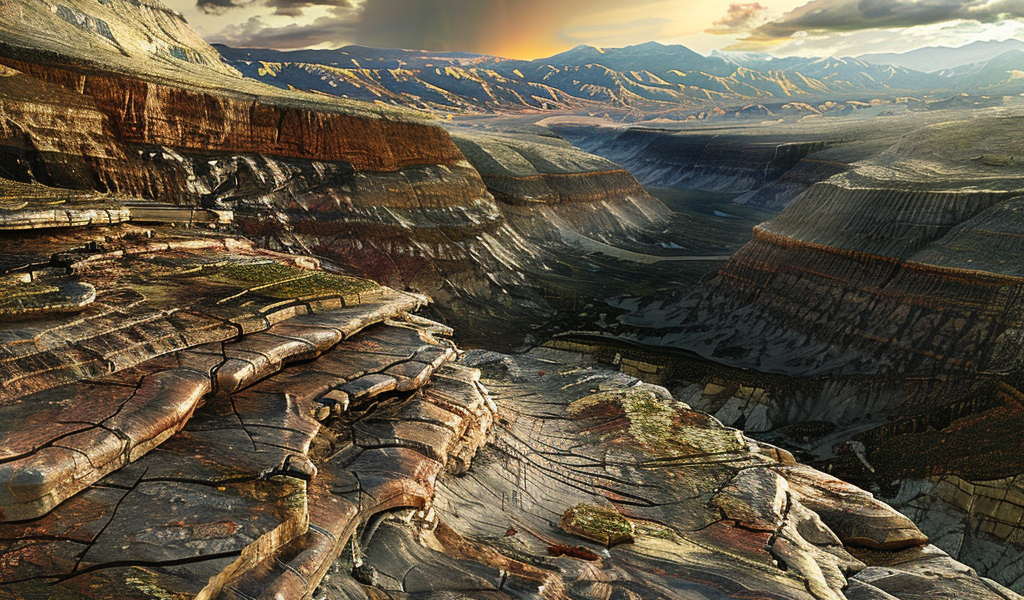Recent geological studies have revealed that some of Earth’s oldest crust, known as cratons, is undergoing significant changes, challenging long-held beliefs about their stability. Cratons, which are the ancient, stable portions of the continental crust, form the backbone of tectonic plates and have remained largely unchanged for millions of years. However, new research indicates that dynamic geological processes can lead to their eventual disintegration.
Globally, there are approximately 35 major Archean cratons, which are considered the geologic cores of tectonic plates. These regions are typically found in the interiors of the plates, making them less susceptible to alterations over geological time scales. Yet, a recent investigation into the North China Craton (NCC) has shed light on the mechanisms that can contribute to the degradation of these ancient landmasses.
The North China Craton, in particular, has a fascinating geological history. It is composed of three distinct sections: the western block, the eastern block, and the Trans-North China Orogen, which acts as a boundary between the two. Notably, the eastern segment of the NCC experienced a loss of its Archean root system during tectonomagmatic events that occurred in the late Mesozoic Era. This loss has prompted scientists to delve deeper into the processes that underpin the craton’s structural integrity.
In a groundbreaking study conducted by researchers at the China University of Geosciences, the focus was placed on understanding how prolonged geological activities, such as flat-slab subduction followed by rollback, have led to the deformation of the North China Craton. The results indicate that the craton’s stability is far from guaranteed, as it has been subjected to various tectonic forces that can lead to what is termed “decratonization.” This process involves the thinning and extension of the craton’s lithosphere, ultimately compromising its structural foundation.
Historically, cratons like the North American Craton, which encompasses significant portions of the United States, Canada, and Greenland, have been seen as resilient geological features. However, recent findings challenge this perception. A study from 2014 highlighted that certain cratons had lost portions of their lithospheric roots, suggesting that geological processes could lead to significant changes over time. Further research in 2021 reinforced this idea, revealing that the survivability of cratons diminishes when they undergo subsequent tectonic activities.
The implications of these findings are profound, as they not only reshape our understanding of cratonic stability but also provide insights into the dynamic nature of Earth’s geology. The study of the North China Craton serves as a critical reminder that even the most ancient and seemingly unaltered regions of our planet are susceptible to change. As scientists continue to explore the intricate relationship between tectonic processes and cratonic integrity, our comprehension of Earth’s geological history will undoubtedly evolve.
In summary, the ongoing research into the North China Craton and other cratons around the world is revealing the complexities of Earth’s geology. These studies underscore the importance of understanding the processes that can lead to the disintegration of some of the planet’s oldest landmasses, challenging the notion of their invincibility and highlighting the dynamic nature of our planet’s crust.





